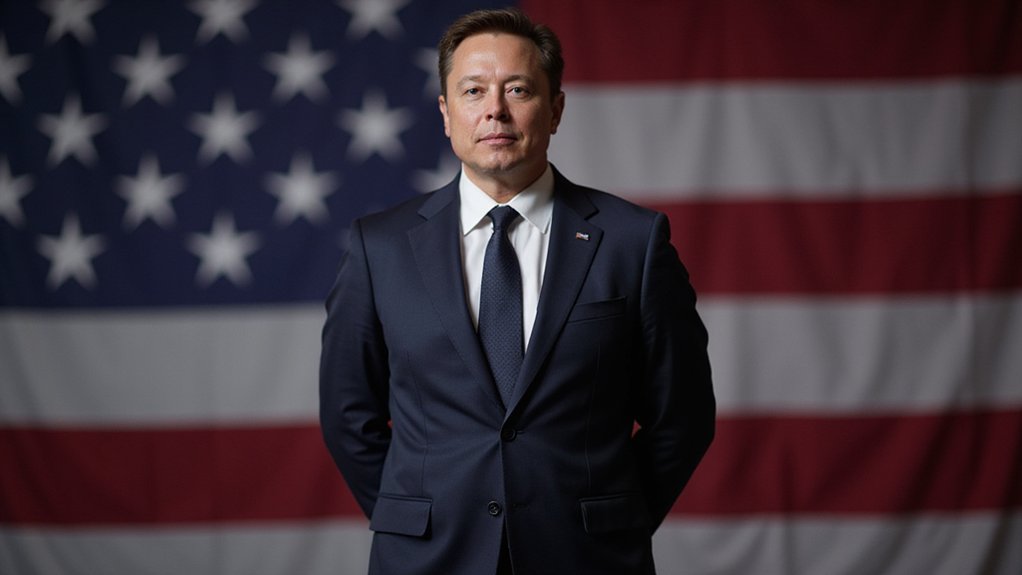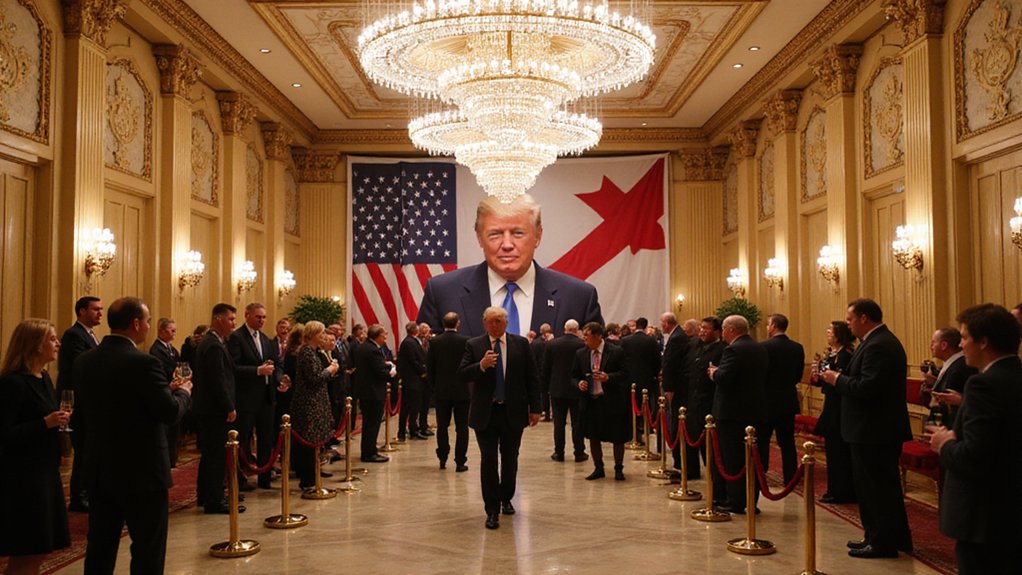Visionaries, it seems, have an uncanny ability to pursue contradictory paths simultaneously—and Elon Musk‘s current trajectory exemplifies this phenomenon with characteristic audacity. His $10 billion AI investment strategy encompasses everything from XAI’s explainable artificial intelligence to Neuralink‘s brain-computer interfaces, while simultaneously maneuvering through the peculiar economic turbulence generated by Donald Trump’s unexpected embrace of Dogecoin.
Musk’s foundational work with OpenAI established his commitment to ethical AI development, emphasizing transparency and human-centric values. His current XAI venture and the ambitious Grok AI project represent evolution rather than departure—seeking to create systems with fundamentally human-like understanding while maintaining interpretability. The timeline appears aggressive: artificial general intelligence projected for 2025-2026, with Tesla’s robot data collection accelerating AI learning capabilities by orders of magnitude annually.
The financial architecture supporting this vision reveals sophisticated strategic thinking. Massive GPU clusters are expected to produce AI systems three times larger than previous iterations, while Neuralink investments target direct brain-AI interfaces—essentially creating hardware-software integration that bypasses traditional input mechanisms entirely. This represents capital allocation toward infrastructure that could fundamentally alter human-technology interaction paradigms.
Yet cryptocurrency volatility introduces an unforeseen variable into these calculations. Trump’s policy-driven AI approach contrasts sharply with Musk’s technology-first methodology, but his engagement with Dogecoin creates indirect pressure on Musk’s broader investment ecosystem. The meme cryptocurrency’s market instability—amplified by political attention—could theoretically impact funding streams for AI development, requiring adaptive financial strategies that account for politically-influenced market movements. The maturing crypto ecosystem of 2025 emphasizes sustainable growth over hype-driven speculation, creating both opportunities and challenges for AI funding models.
Musk’s emphasis on AI governance frameworks and ethical considerations appears prescient given these emerging complexities. His advocacy for proactive regulation and global ethics standards suggests recognition that technological development cannot occur in isolation from political and economic realities. Traditional black-box models create decision-making opacity that could undermine public trust in these advanced AI systems, making explainability a critical component of Musk’s development strategy. The development of AI systems that can provide contextual understanding of human emotions and intentions becomes essential for maintaining public confidence in these technologies.
The integration targets—personalized learning, health monitoring, autonomous vehicles—require sustained capital commitments that must weather both technological uncertainties and market volatilities.
Whether Musk’s ambitious timeline proves achievable remains uncertain, but his willingness to simultaneously maneuver through cutting-edge AI development while managing cryptocurrency-induced market dynamics demonstrates the multifaceted challenges facing contemporary technology investment. The convergence of artificial intelligence advancement and political economic theater creates strategic complexities that even visionary entrepreneurs must acknowledge.








